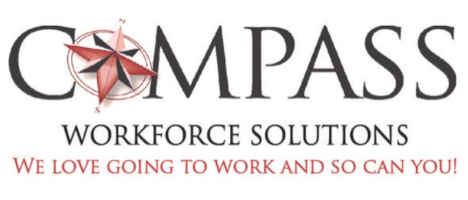 When we think of a typical day running our business, a large part of our time is typically spent measuring, monitoring, and evaluating all sorts of data. We invest our time in these endeavors to understand how we are doing and what the factors are that impact company performance. And while we examine our company performance with intense rigor, we often fall short of this practice when it comes to our employee performance feedback.
When we think of a typical day running our business, a large part of our time is typically spent measuring, monitoring, and evaluating all sorts of data. We invest our time in these endeavors to understand how we are doing and what the factors are that impact company performance. And while we examine our company performance with intense rigor, we often fall short of this practice when it comes to our employee performance feedback.
Effective employee performance feedback requires that we use the same rigorous data and attention to detail that we use when we evaluate our business performance. Effective feedback also requires us to embrace it as an ongoing practice and not a once or twice a year event.
What is feedback?
Feedback is (or should be) a dialogue between colleagues, which communicates how one person sees another person’s behavior or performance. The feedback can be provided upward [i.e., manager(s)/leader(s)], laterally (i.e., peers) or downward (i.e., subordinates). It can be positive, corrective, or developmental.
The intent behind offering feedback is to motivate our employees to begin, continue, or stop behaviors that affect their performance. Ultimately, feedback in the workplace is the act of one professional giving another professional relevant work-related information with the goal of improving work-related performance and, as such, supporting the attainment of overall business results.
What does effective feedback look like?
There are at least two elements we need to consider when we think of employee performance feedback: content and delivery. To be most effective we need to thoughtfully consider not only what we are going to share but also how we are going to deliver it.
The message
According to the Center for Creative Leadership, a simple yet effective approach to effective feedback requires us to clearly:
- Capture the situation in which a specific behavior occurred – this helps our team members recall and create specific context and understanding for what we are about to share. Using generalities and absolute terms, such as “always” and “never,” can raise our team members’ defenses or create uncertainty about what exactly was good about their work.
- Describe the behavior that was observed – not by using adjectives such as “rude,” “engaged,” “aggressive,” etc., which reflect our impression or interpretation of our team member’s behavior, but by using verbs that focus on the specific actions observed. For example, instead of us saying, “You were distracted during the meeting,” we will be much more effective by saying “During the second half of our meeting this afternoon I noticed you checking your phone and laptop on several occasions.” The latter focuses us on the actual action rather than the judgement we derived from that observed action. Capturing not only what is said or done but also how it is said and done (e.g., body language, tone of voice, speaking pace, etc.) adds to creating a richer more impactful description of the behavior in question.
- Communicate the impact – describe our reaction to the team member’s behavior. By focusing on the impact their behavior had on us, we invite them to view it from our perspective and encourage them to share their own perspective. And by doing so, we create some openness and trust in the process.
The delivery
Even the best-crafted employee performance feedback can fall short of motivating the desired behavioral change if it is not delivered in the right manner. While there is a lot of guidance around the Do’s and Don’ts of delivering effective feedback, the reality is that there is not a one-size-fits-all solution for all people and all circumstances. As such, we need to be open to flexing on the frequency, modality, and amount of feedback we offer to our employees. Since most people differ in their needs and preferences, how and when to deliver feedback and how much feedback is the right amount of feedback for a given individual will vary. The best way to meet each of our employees’ needs is to ask them what they need from us. (This is an area where we can also leverage insights we have about our employees from data such as their Predictive Index behavioral profiles. This type of information can assist us in determining the best way to deliver feedback, such as modality for delivery, level of detail, etc., to best meet each employee’s needs.)
Key takeaway
Feedback that is well-crafted, tailored to the individual employee’s preferences, and delivered consistently, fairly, and with an eye towards continuous employee development, can empower our team members to enhance their performance. And by supporting them in their development and performance, we ultimately drive organizational success. If you want to discuss ways our team can help your organizational feedback capabilities, feel free to reach out to us.








